Eighteen per cent population growth for northern beaches by 2036
THE State Government is forging ahead with plans to grow the northern beaches, dismissing calls for the “house full” sign to go up on the peninsula. Read the analysis of the 20-year North District Plan here.
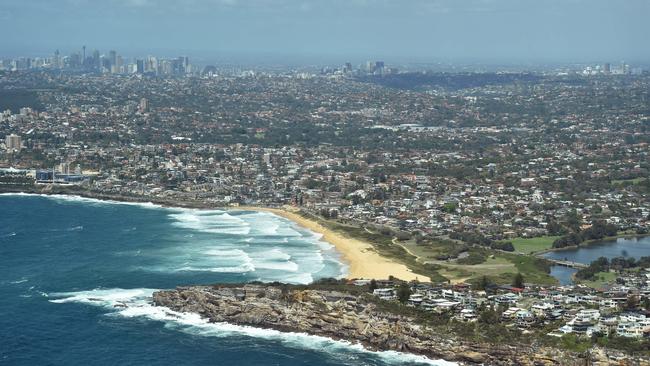
Manly
Don't miss out on the headlines from Manly. Followed categories will be added to My News.
THE State Government is forging ahead with plans to grow the northern beaches, dismissing calls for the “house full” sign to go up on the peninsula.
The Greater Sydney Commission has released its finalised 20-year North District Plan after 18 months of community consultation, estimating the northern beaches’ population will grow by 18 per cent to just under 300,000 by 2036, with an extra 3400 dwellings required to help meet this target.
It is part of a broader 40-year vision for Greater Sydney, where most residents would live within 30 minutes of their jobs, education and health facilities.
North District includes the City of Ryde, Hornsby, Hunters Hill, Ku-ring-gai, Lane Cove, Mosman, North Sydney, Northern Beaches, and Willoughby.
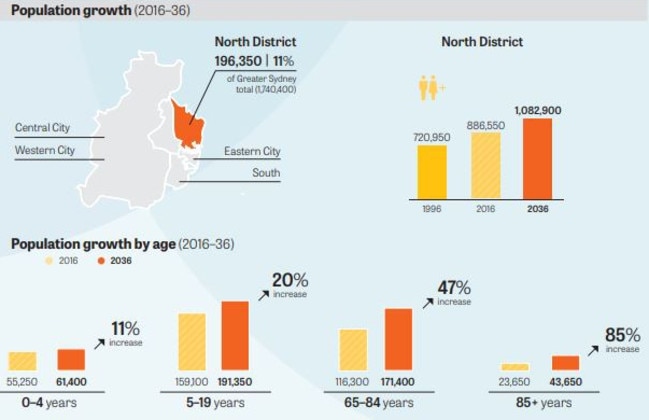
North District commissioner Deborah Dearing conceded there would be growing pains for the beaches, but insisted the commission was delivering what the community wanted.
“It’s important to understand that the North District Plan has been co-created with the local community, the council and many other stakeholders,” Dr Dearing told the Manly Daily.
“The population of the North District will grow from around 900,000 today to over a million by 2036, and that’s because it’s a very desirable place to live; locals are having babies and we are living longer.
“The number of residents aged 65-84 will grow by almost 50 per cent and the over-85s by 85 per cent and many older residents will look to downsize, so they will need housing options too.”
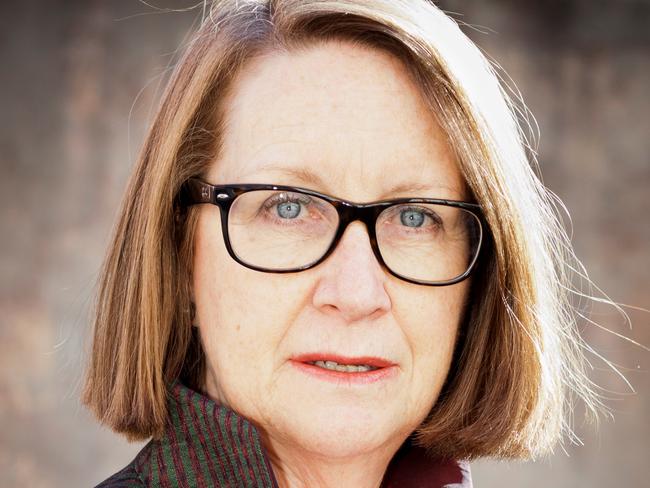
The district commissioner said more walking and cycle “connections” would be a key long-term solution to easing road congestion.
“I am certainly aware of the congestion issue and the challenges the district faces with its complex topography and the need for east-west corridors,” said Dr Dearing, who has 30 years of international experience in urban design and strategic land-use planning.
“It’ll take a multi-pronged approach to find solutions, including improved public transport options and encouraging more walking and cycling trips for local journeys of a kilometre or two.”
The report’s release comes on the heels of former prime minister and Warringah MP Tony Abbott’s call to halt all rezonings and major new development until better infrastructure was in place in the region.
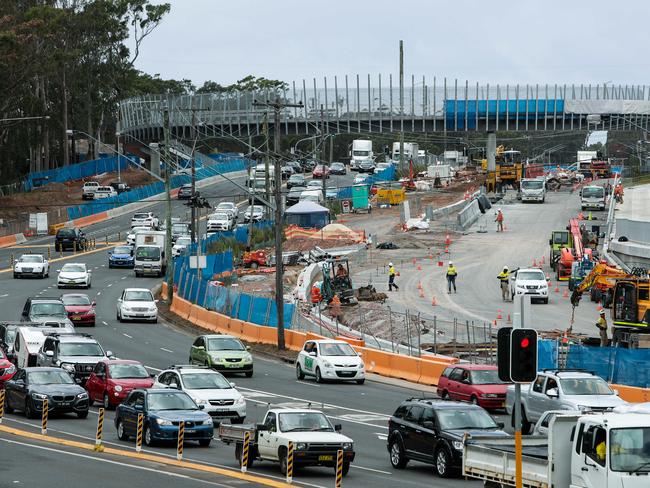
“How we travel around the district will undergo transformational change over the coming decades as technology delivers new options and the commission is committed to ensuring that growth is matched by infrastructure,” Dr Dearing said.
Northern Beaches Mayor Michael Regan said he was confident the region’s population, housing and job targets were achievable — as long as the State Government “owns the plan” and “provides the infrastructure”.
“Our target is very low when you look at the rest of Sydney. Ingleside and Frenchs Forest will take the bulk of the load via infill development,” Cr Regan said.
“Councils just do the leg work to implement their policies and targets. That’s the piece people forget.
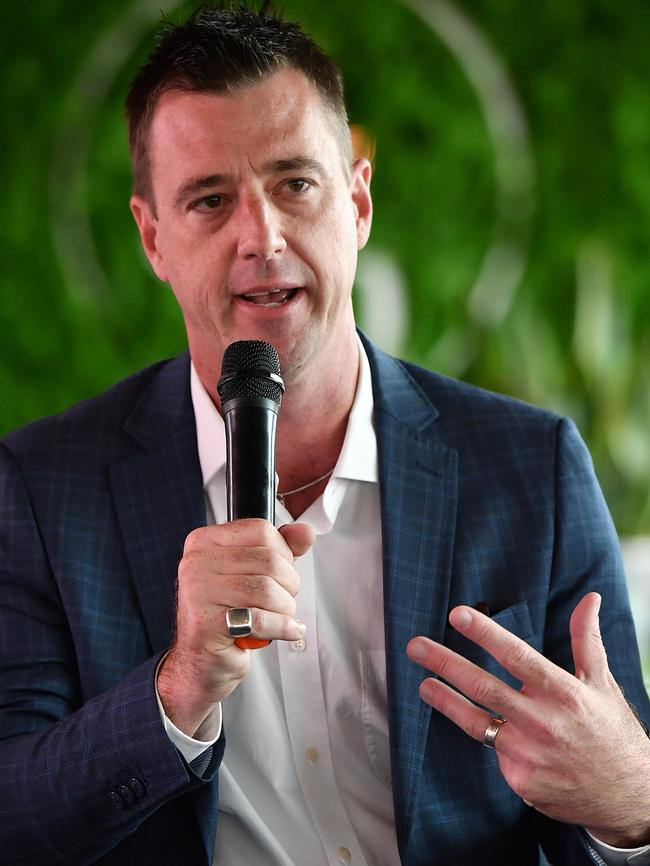
“If council says no to the state, they take your planning powers and do whatever they like, wherever they like.”
It is estimated an extra 21,900 students will need to be accommodated in public and private schools in the North District by 2036, with an additional 3454 on the beaches.
However, the commission does not say in its 132-page plan how many new schools will be required to meet this extra demand.
Dr Dearing said existing schools would need to consider a “vertical approach”, building up instead of putting in more demountables, to cater for the influx of students.
“Schools must respond to growth and changing demand in innovative ways such as more efficient use of land, contemporary design, greater sharing of spaces and facilities, and flexible learning spaces,” she said.
KEY TARGETS
● 3400 extra dwellings by 2021 on the northern beaches.
● North District’s population by 2036: Growing by 20 per cent to 1.83 million, with the northern beaches rising from 263,700 (2016) to 297,950.
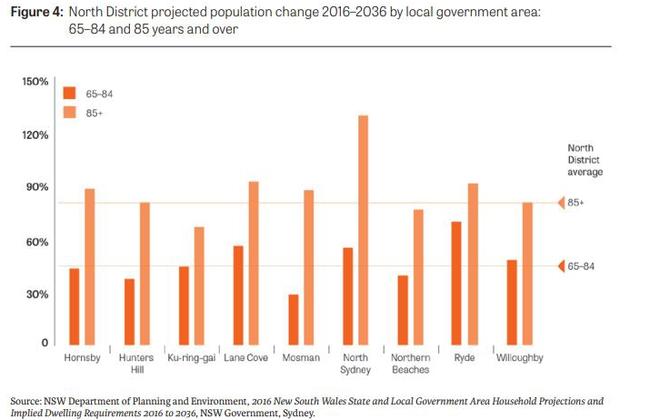
● New students by 2036: 21,900 in North District including 3454 on the beaches.
● Job estimates: Frenchs Forest, rising from 9300 (2016) to 13,000 (2036); Brookvale-Dee Why, from 20,000 up to 26,000; Manly, 5000 to 6500; Mona Vale, 4300 to 6000.
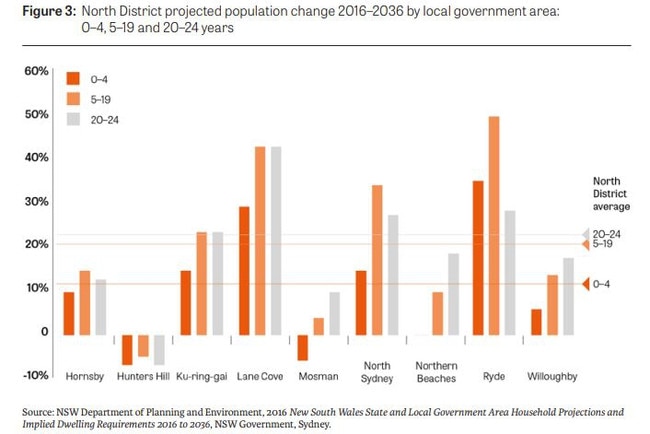
* North District includes City of Ryde, Hornsby, Hunters Hill, Ku-ring-gai, Lane Cove, Mosman, North Sydney, Northern Beaches, Willoughby
PLEA FOR MORE SCHOOLS
A LEADING residents’ group has called for more schools to be built on the peninsula to help cater for hundreds of new students over the next two decades.
The Northern Beaches Strategic Community Group (NBSCG) says many of the region’s schools were already at breaking point and a population boom required new and supporting infrastructure.
“It is inevitable that additional schools will need to be built to accommodate growing numbers,” NBSCG president Gopala Maurer said.
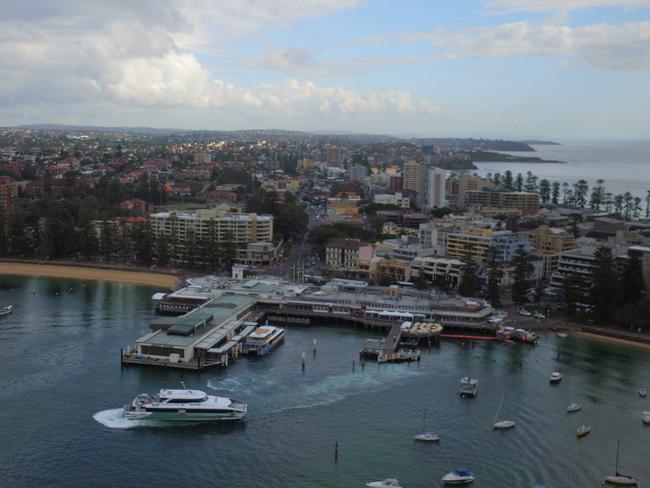
“To do this, consideration needs to be given to best-practice design principles.
“These include shared use and parking, childcare, pick-up and drop-off of young children along with open space and integration into the urban form of the areas these schools are introduced into.”
It is estimated the beaches will need to accommodate 3500 new primary and secondary students by 2036, but the State Government has not planned for any new schools.
Ms Maurer said there was “no quick fix” to broader planning issues for the beaches.
“The growing pains that Sydney is experiencing are at endemic levels,” she said.
“Well thought-out planning is critical if we are to leave a positive legacy.”
